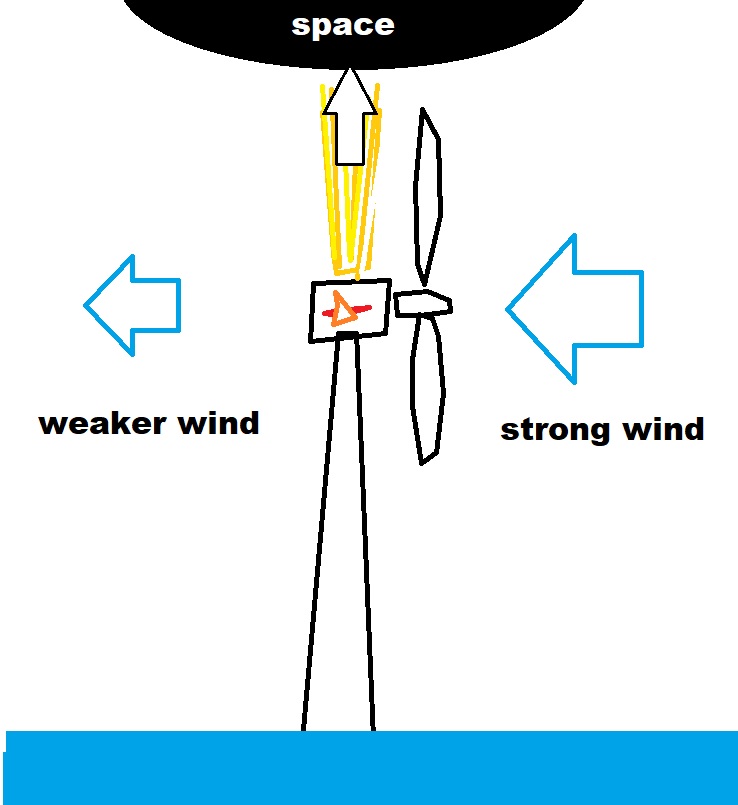Most of us seek happiness in life, its even in the US constitution, we read :
“We hold these truths to be self-evident, that all men are created equal, that they are endowed by their Creator with certain unalienable Rights, that among these are Life, Liberty and the pursuit of Happiness”
Sadly its quite enigmantic how to achieve happiness. Some say its doing what you love or you can only expect to be happy some of the time or you can’t be happy without also being miserable. I think a person can be happy most of the time, but only if he organizes his life by a specific strategy, which I will propose in this post.
Happiness can be a trap, a bubble, with dire consequences for others
I am not saying that organizing your life for happiness is optimal for society or anyone else but you. This is the challenge, we need to risk losing some happiness at times to find it in a different way, maximizing total happiness. It is possible a group of people is not able to all be happy while being together.
What is the way I think we should look at achieving happiness? It lies in analyzing your behavior, how often it is succesfull and what needs it satisfies. Of course you can’t be happy if you neglect to address a basic need in your activities.
We cycle through the same behaviors every day, week, month
So the way to analyse it is to look at things you do often, and make behavioral units of them. So activities are ‘working’, ‘cooking’, ‘sleeping’, ‘reading a book’, ‘talking to family’ etc. They can be more detailed if you do them often, but detail is not a good sign. More units in your life (statistically) means less happiness. The next question to ask is “How often are these behavioral units a succes, how often do they fail”. Which really tells you if you are struggling with life.
Simply said the more behavioral units if ordered by frequency of occurrence that are highly successful the happier you will be. If the they also satisfy all you needs then you are even more likely to be happy.
You can draw a graph of the activities you perform in your life, in time, and the likelihood they succeed. They loop back on themselves if you say “I buy groceries” then “I cook” a couple of times then you have to buy groceries again. But then you also need to earn money to buy groceries, which is another branch of the graph. How well is that going?
A simple graph means a happy life
For most people part of the graph works, but a lot of it is open ended. People that just satisfy their needs, not being too critical of how its done, can be happy more easily, say a couple that stays together in a boring job being pretty mediocre, is actually likely to be pretty happy -if- that is all they care about. If their mind wants things to be different, they could be miserable. For some people a boring life means succes, for others it means failure. That should however show up in the graph.
Cutting loose ends off the graph makes it simpler
The people saying “keep it simple, you will be more happy” are right : The less complex the graph is the more likely the activities in them will be a success, as you are doing it more often. This is a very Japanese way of living, where you hone a couple of skills and just don’t do anything else.
Religions often provide regularly occurring rituals that although they don’t satisfy any real need, give you a sense you are succeeding
Meditation, focus on the now, also works to make the graph more simple, or to get more out of success for specific activities. Of course meditation itself is something you can’t fail at really, unless there’s some priests that needs to make a living off your inaptitude.
Adding more useful succesful activities builds a better graph
The constitutional right to be in ‘persuit of happiness’ is somewhat misleading. If you are looking for happiness you are probably not satisfied and you probably do not have recurring behavior that covers all the existential bases. But your mind can redefine itself as an explorer, a person who’s activity is ‘to discover and meet challenges’ and defined this way you can be hitting the bulls eye every day, and have an exciting and happy life.
A seeker can be happy if he accepts his nature, he will be unhappy if he rejects it
Our brain seeks happiness but without any specific objective. It just tries to be efficient because it has a limited supply of energy, it tries to keep us alive and safe by inhibiting damaging behavior. It tells us what it needs, and makes us interested in anything that may lead to what it needs. Happiness is what happens if it manages to meet its needs without to much effort, and there’s no reason for it to assume it can get much better. This in turn is why most people become boring : It’s a sign of success. But if it makes you unhappy, you need to step into the unknown. Pick a few new activities, or eliminate some you are used to. Or.. accept a happy simple life.



